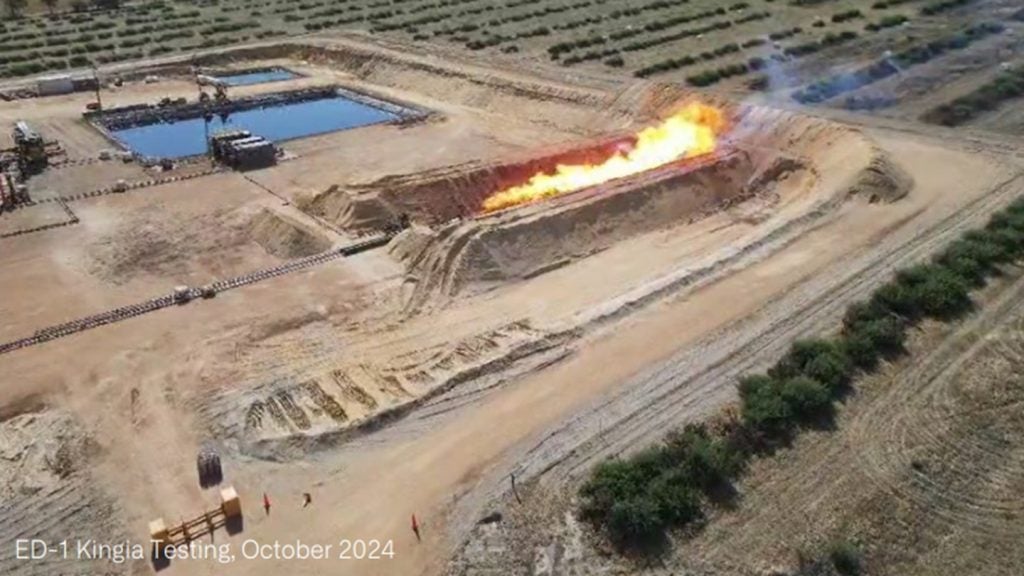
Oil prices have increased due to growing demand in China, which is the world’s second-biggest oil importer.
However, the prices were offset by concerns of trade wars and increasing US stocks.
Benchmark Brent crude oil grew 20 cents a barrel to stand at $79.49, while US light crude increased 15 cents to reach at $68.80.
Refinery throughput in China increased to 12.49 million barrels per day (bpd) in September as some facilities began operations following prolonged shutdowns to strengthen inventories.
China’s refinery requirement may be growing as many state-owned refining facilities are return to service following maintenance.
However, offsetting the positive sentiment were official figures which indicate China’s economic growth has slowed down in the third quarter to its weakest pace since the global financial crisis. Gross domestic product is expanding by only 6.5%.
How well do you really know your competitors?
Access the most comprehensive Company Profiles on the market, powered by GlobalData. Save hours of research. Gain competitive edge.

Thank you!
Your download email will arrive shortly
Not ready to buy yet? Download a free sample
We are confident about the unique quality of our Company Profiles. However, we want you to make the most beneficial decision for your business, so we offer a free sample that you can download by submitting the below form
By GlobalDataThis data has increased concerns that the trade war between China and US was beginning to affect China’s growth and also cut down oil demand.
Furthermore, US oil inventories had increased sharply. Last week, the crude stocks surged 6.5 million barrels, indicating it a fourth weekly build, according to the US Energy Information Administration.
OANDA head of trading for APAC Stephen Innes said: “EIA Weekly Petroleum Status Report was a complete shocker, sending oil markets spiralling lower amidst some concerning development for oil bulls.”
Stocks grew sharply even though US crude production dipped 300,000bpd to 10.9 million bpd last week as a result of offshore facilities closing temporarily for Hurricane Michael.
Oil exports from Iran may have increased in October as buyers bought stocks before US sanctions took effect from 4 November.
An increased volume of Iranian crude oil is set to arrive at Chinese port of Dalian this month and in early November before the sanctions.







